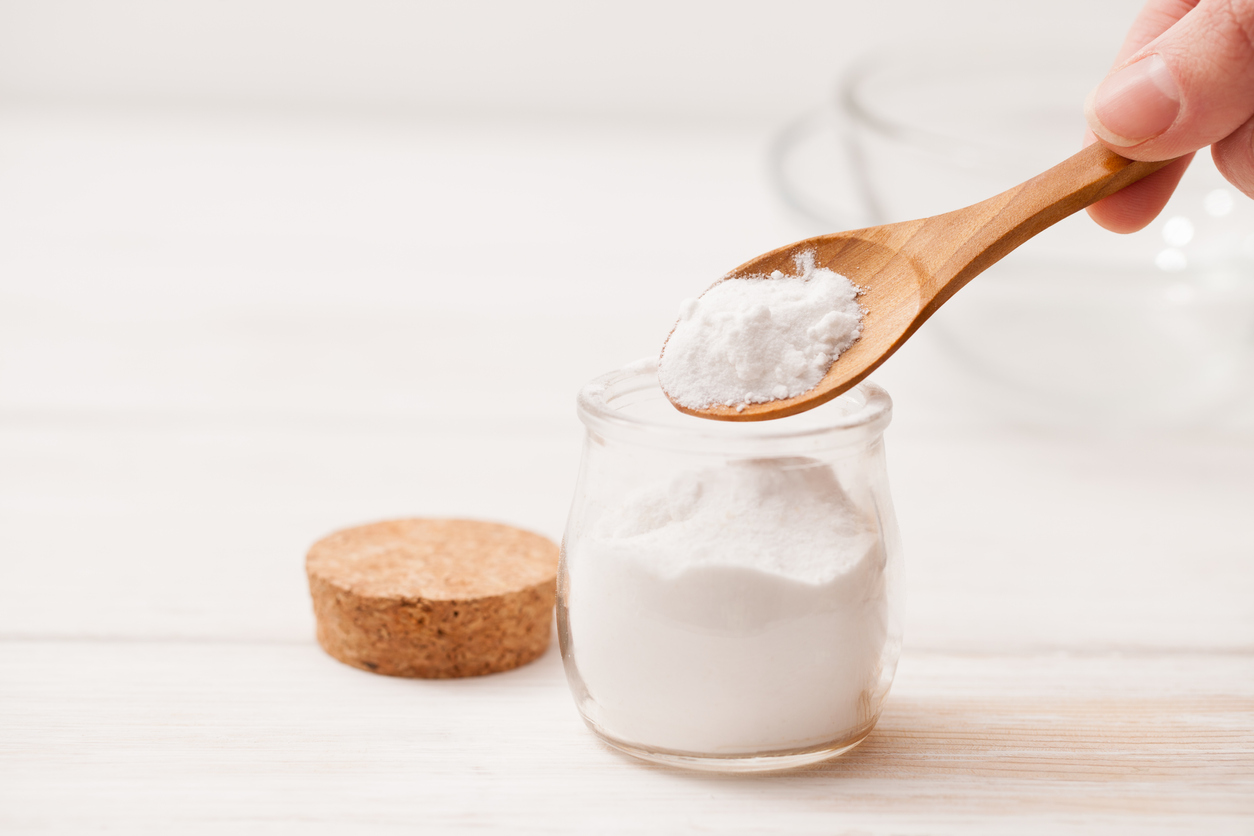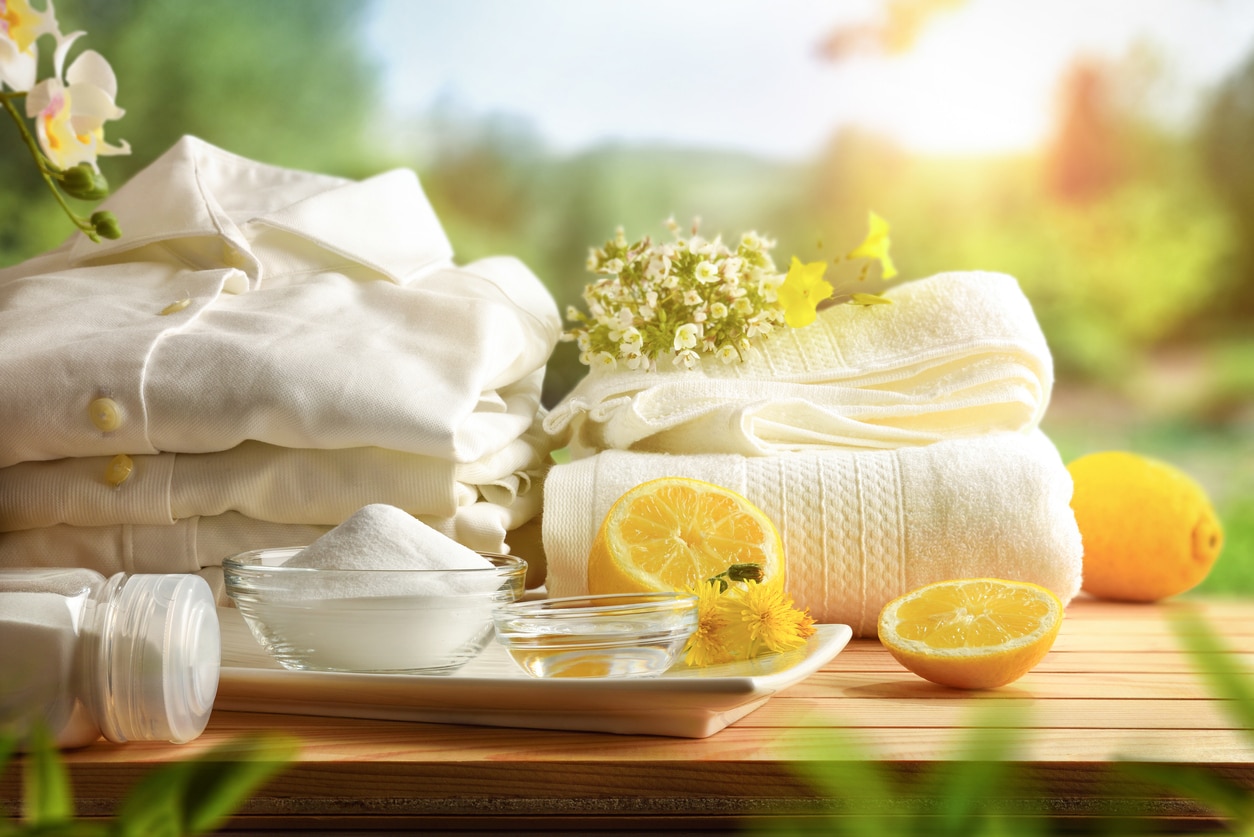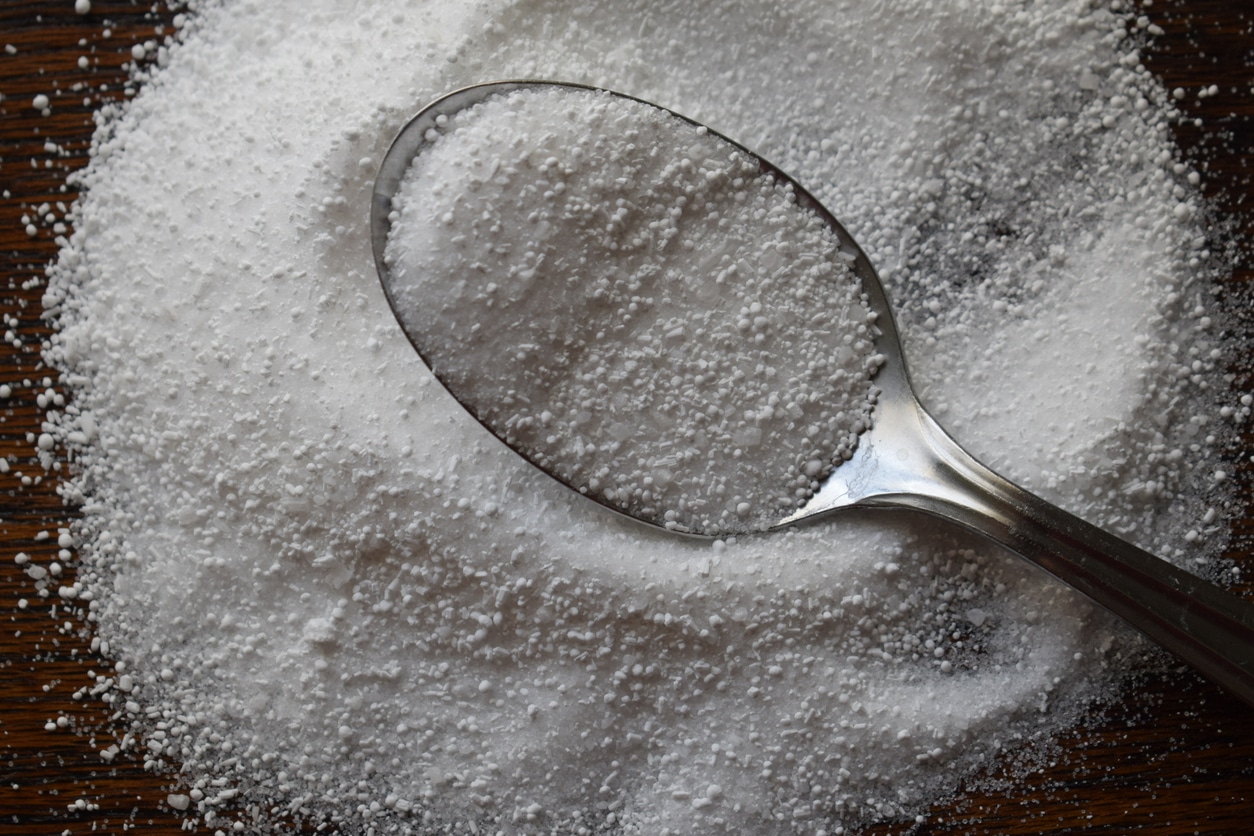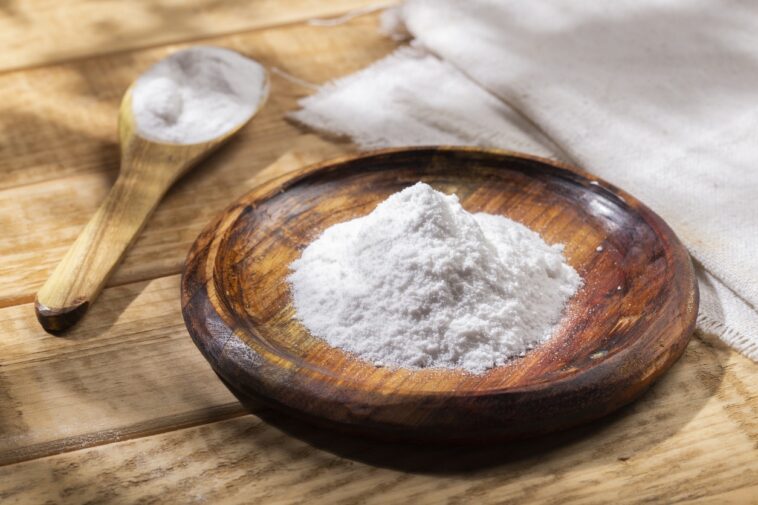Their name is similar and in stores, it can be difficult to tell the difference at first glance. These are in fact two odorless, economical and ecological white powders as well as two very popular household products for the maintenance of all surfaces in the house. However, beware of those who think they are interchangeable! Between these two biodegradable products, there are notable subtleties which mean that they should not be confused. To avoid making the mistake again, we invite you to discover the differences between baking soda and percarbonate of soda. You will thus be knowledgeable about their properties and uses.
The differences between baking soda and percarbonate of soda

Looking more closely, we already see a first difference. Baking soda (also known as sodium bicarbonate) is in the form of a fine white powder where sodium percarbonate (or sodium) is more like small white beads.
The latter also has a higher pH and is more basic than its counterpart. This makes it more irritating, more effective and inedible. The bicarbonate found on the market is generally a food bicarbonate (and not the technical bicarbonate sold in specialized stores). This therefore explains why it can be used to replace baking powder and why it is found in the same aisle as salt while percarbonate is found in the household products aisle or in DIY stores.
Another notable difference: the whitening power of percarbonate compared to bicarbonate

It contains sodium carbonate (or soda crystals) and hydrogen peroxide (or active oxygen). The first is a surfactant (or surfactant) and the second is a bleaching agent. This association gives this detergent cleaning, degreasing, deodorizing and stain removing properties which are reminiscent of those of bicarbonate except that percarbonate is more powerful.
He also has real whitening properties while its cousin does not allow whitening, but simply preserves the brightness of white when washing. The bicarbonate will thus be able to prevent it from tarnishing too much, but not restore its shine if it has already yellowed. This bleaching power which distinguishes it has also earned percarbonate the nickname “chlorine-free bleach” or “solid hydrogen peroxide”.
What uses for percarbonate?

Bicarbonate being softer, it will show itself more versatile and easy to use on a daily basis. The fact remains that percarbonate is a very effective product which will prove its usefulness in the areas where it shines the most. It allows you to whiten white linen and remove stubborn stains (blood stains, etc.). This outstanding stain remover can also be used to whiten tile joints as well as scaled toilets. More surprisingly, it can also be used to clean a terrace, sober up tarnished wood, disinfect a sponge, clean a very dirty oven and unclog pipes. Mix it with hot water to activate it. Allow at least 40°C in a machine or basin for bleaching white linen and clothing.
Some precautions for use to know:
Bicarbonate which is not used for cleaning certain materials. And we suspect it: percarbonate being more irritating than it, the list of its usual precautions is even longer. First of all, it should be used quickly once you have diluted it with water. In fact, he becomes inactive after an hour or two. Furthermore, it should not be mixed with acid or bleach. It should also be handled with gloves to protect your skin and stored in a storage area away from any heat source. It releases oxygen which could fuel a possible fire. Finally, avoid storing it in a metal box or reheating it in a metal container since it could oxidize them and make them black.


